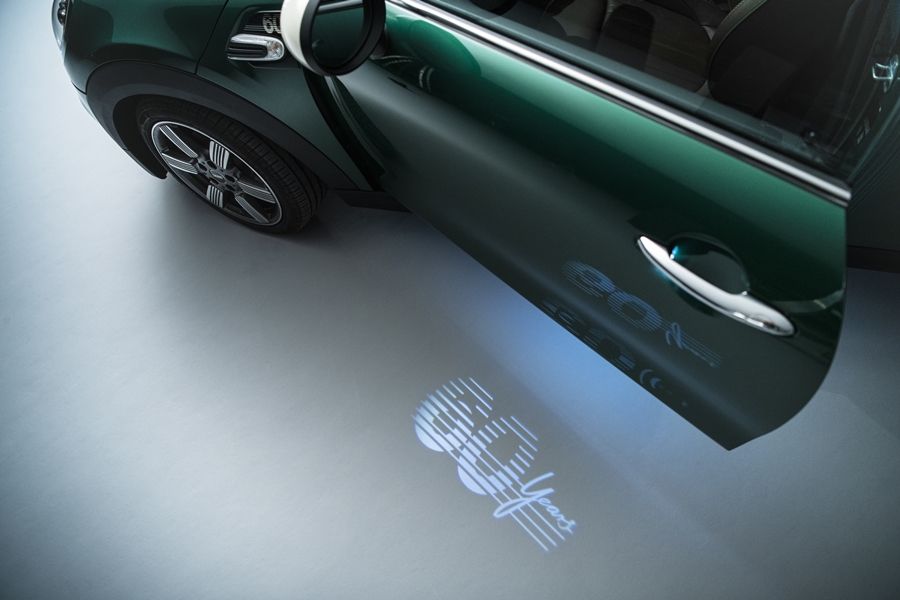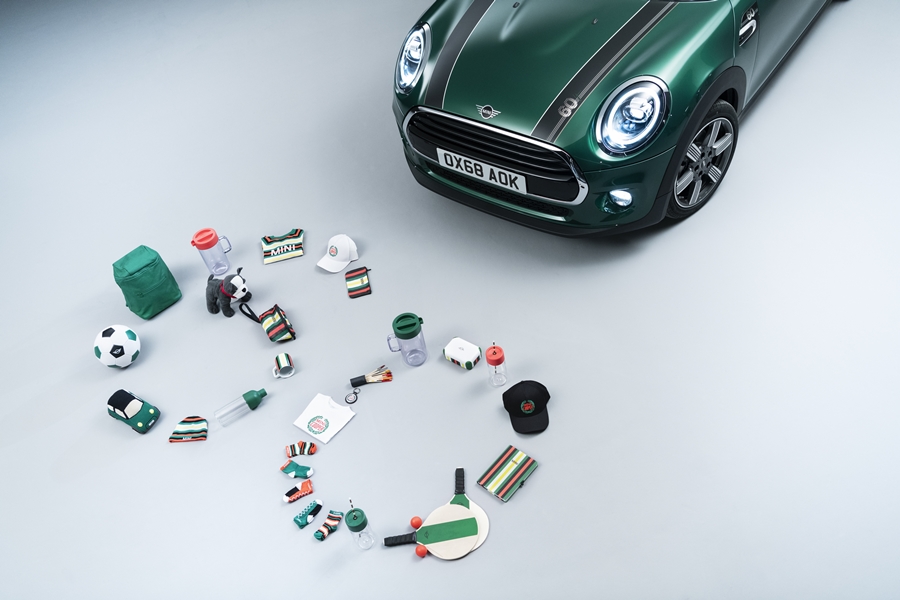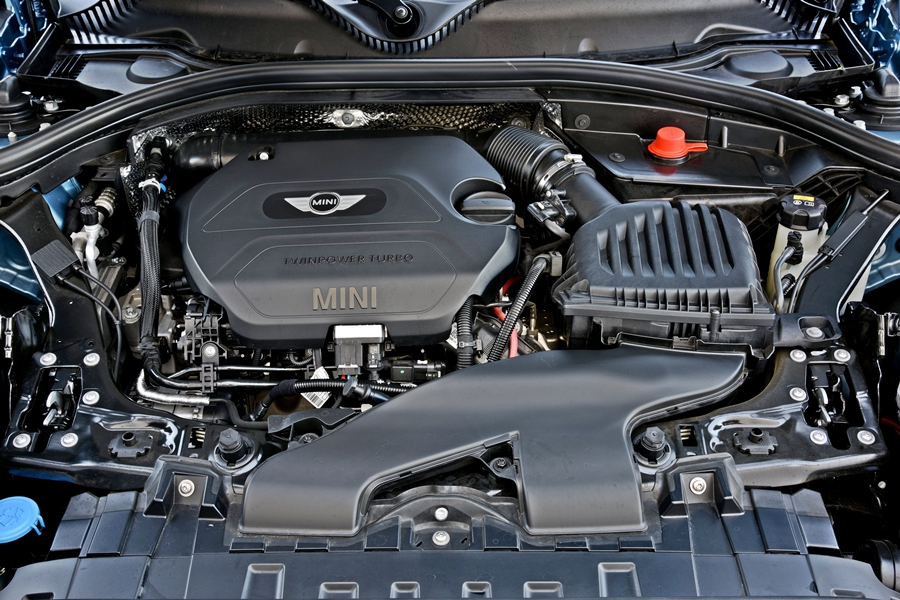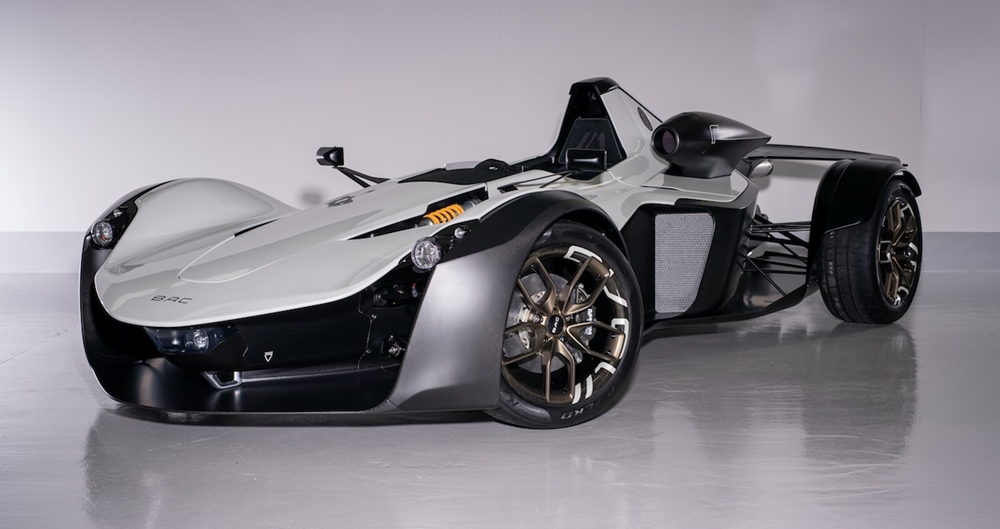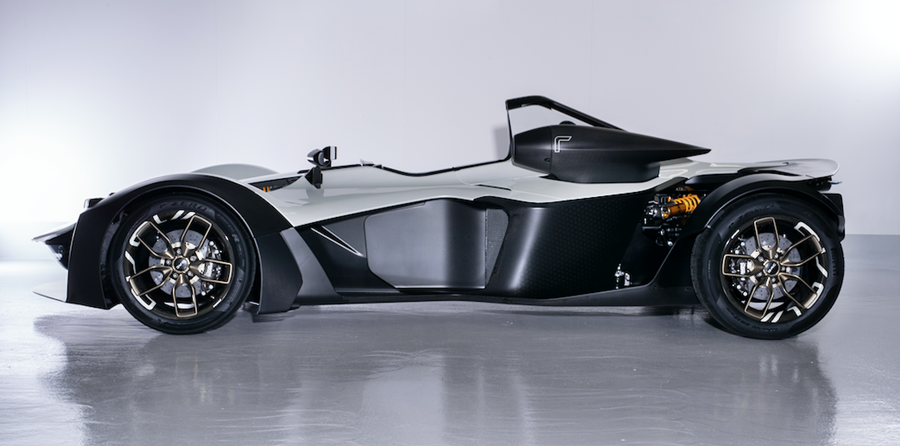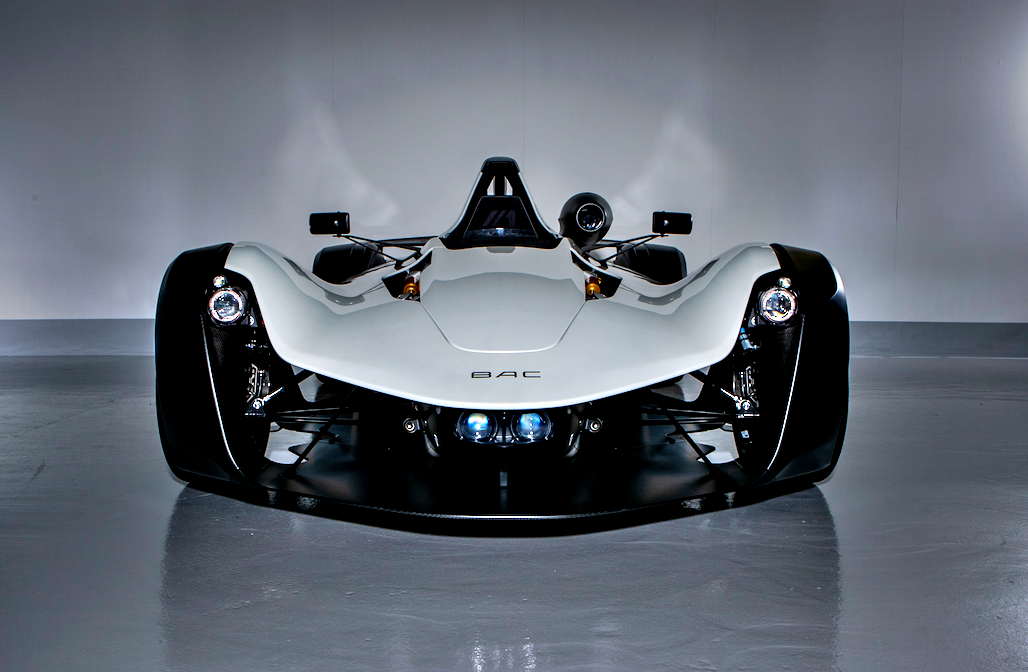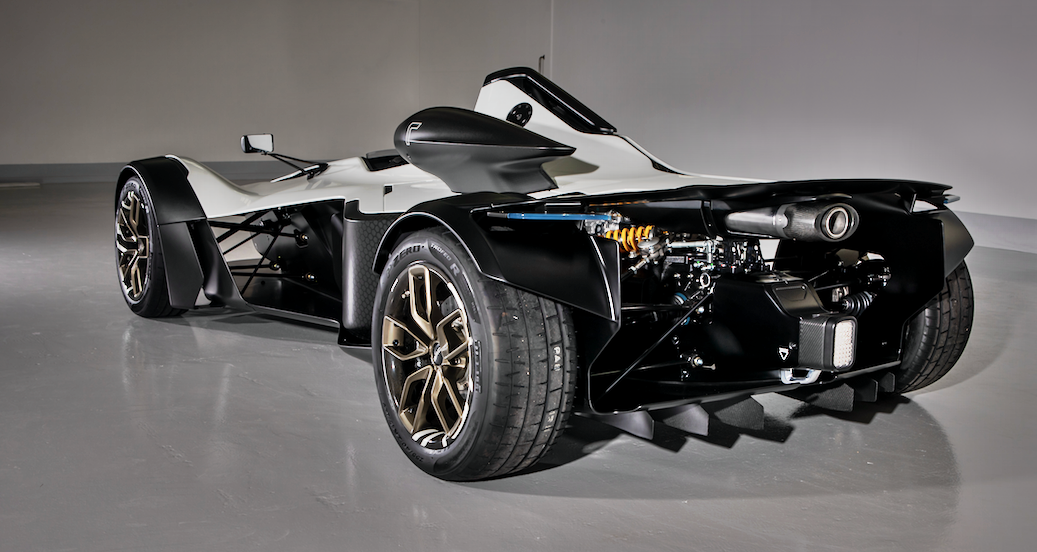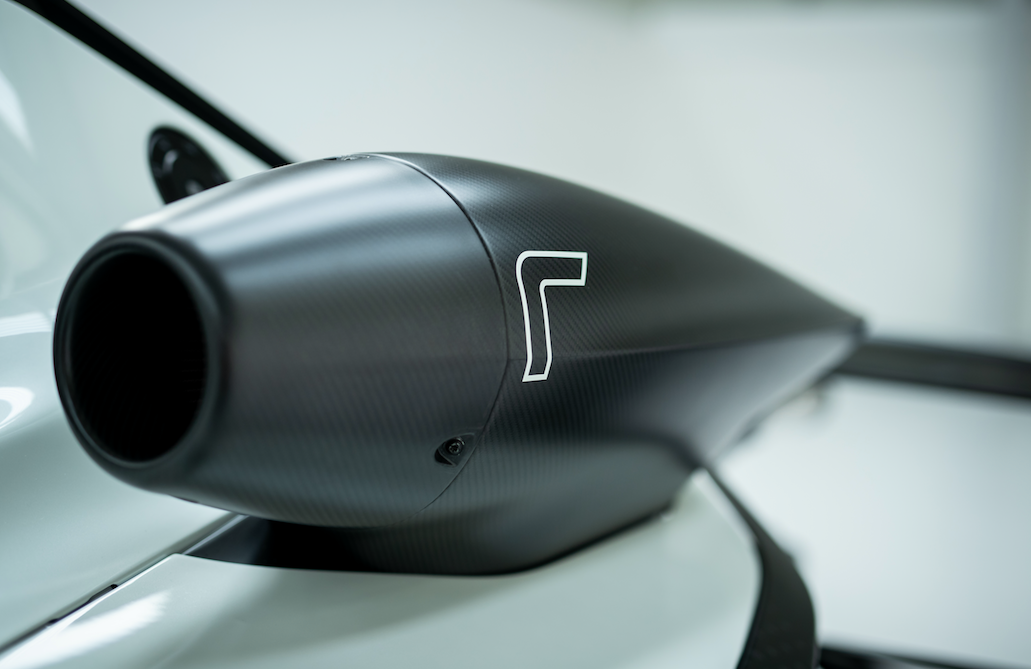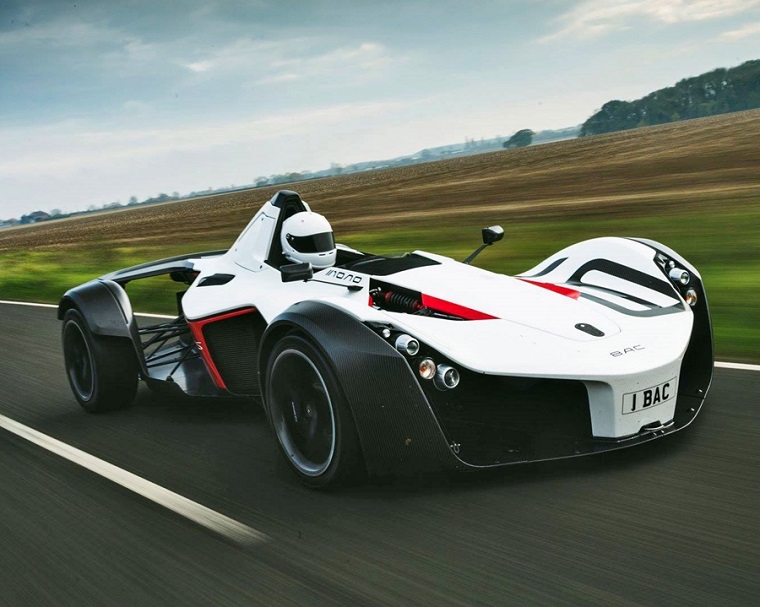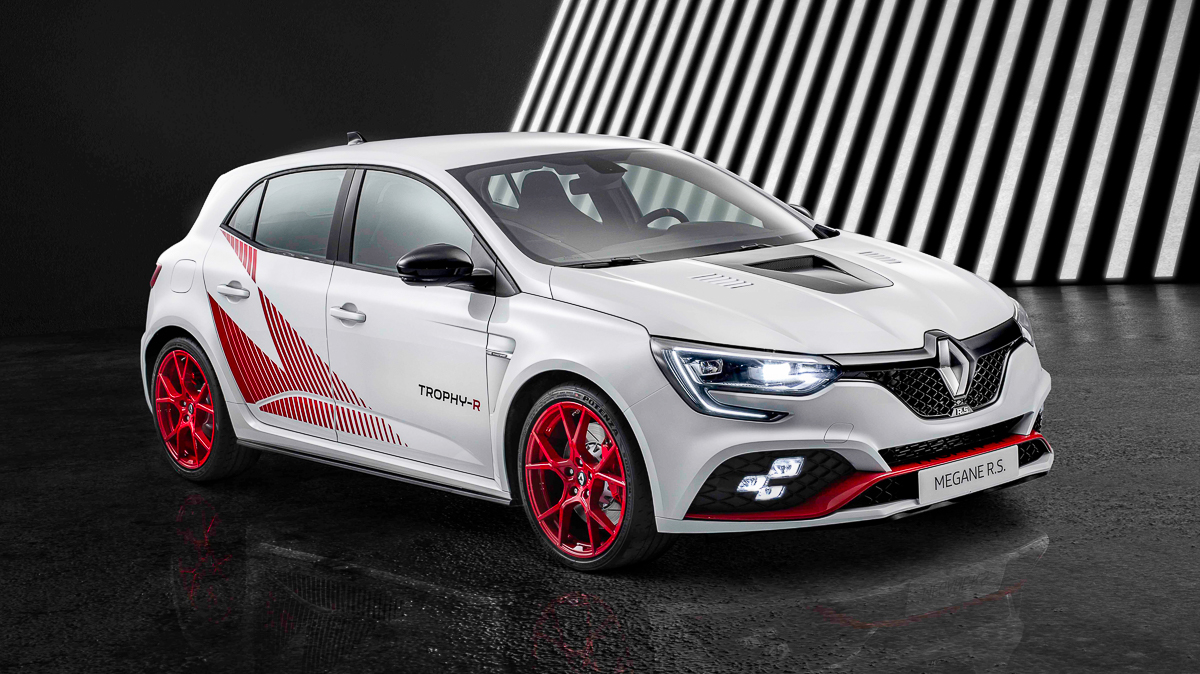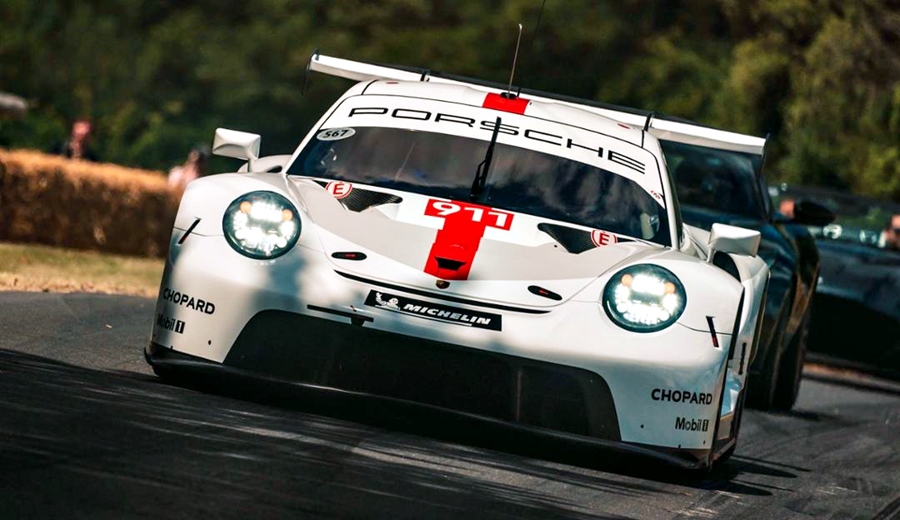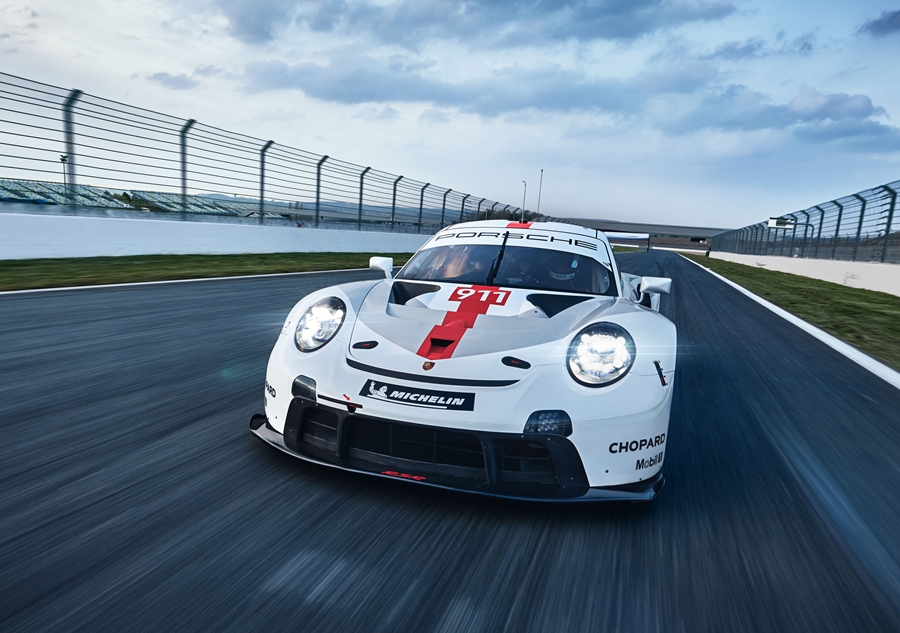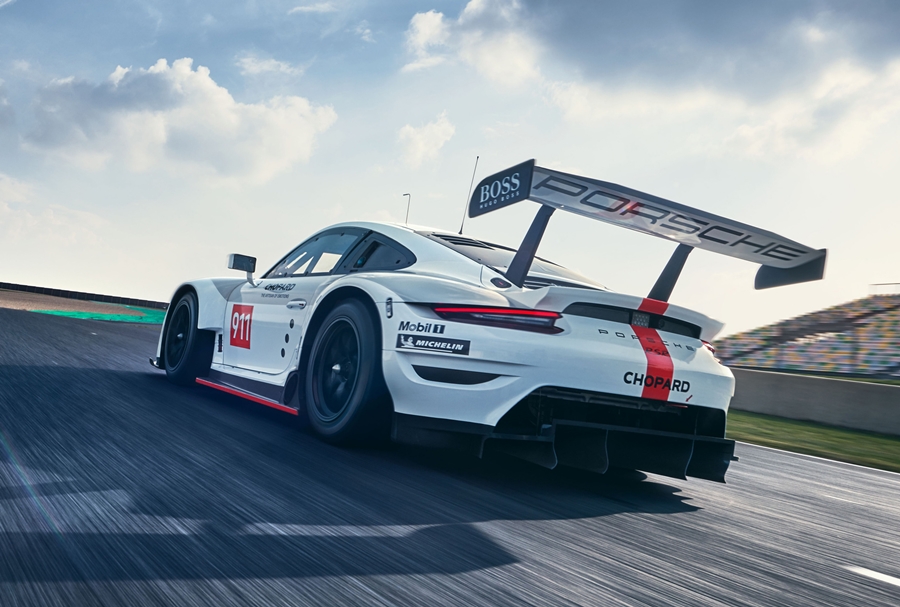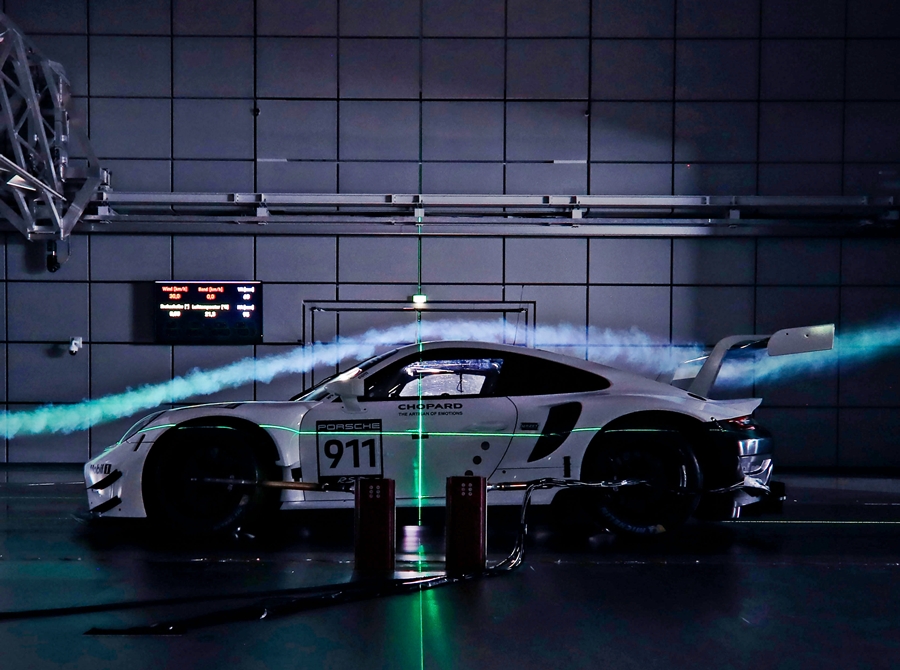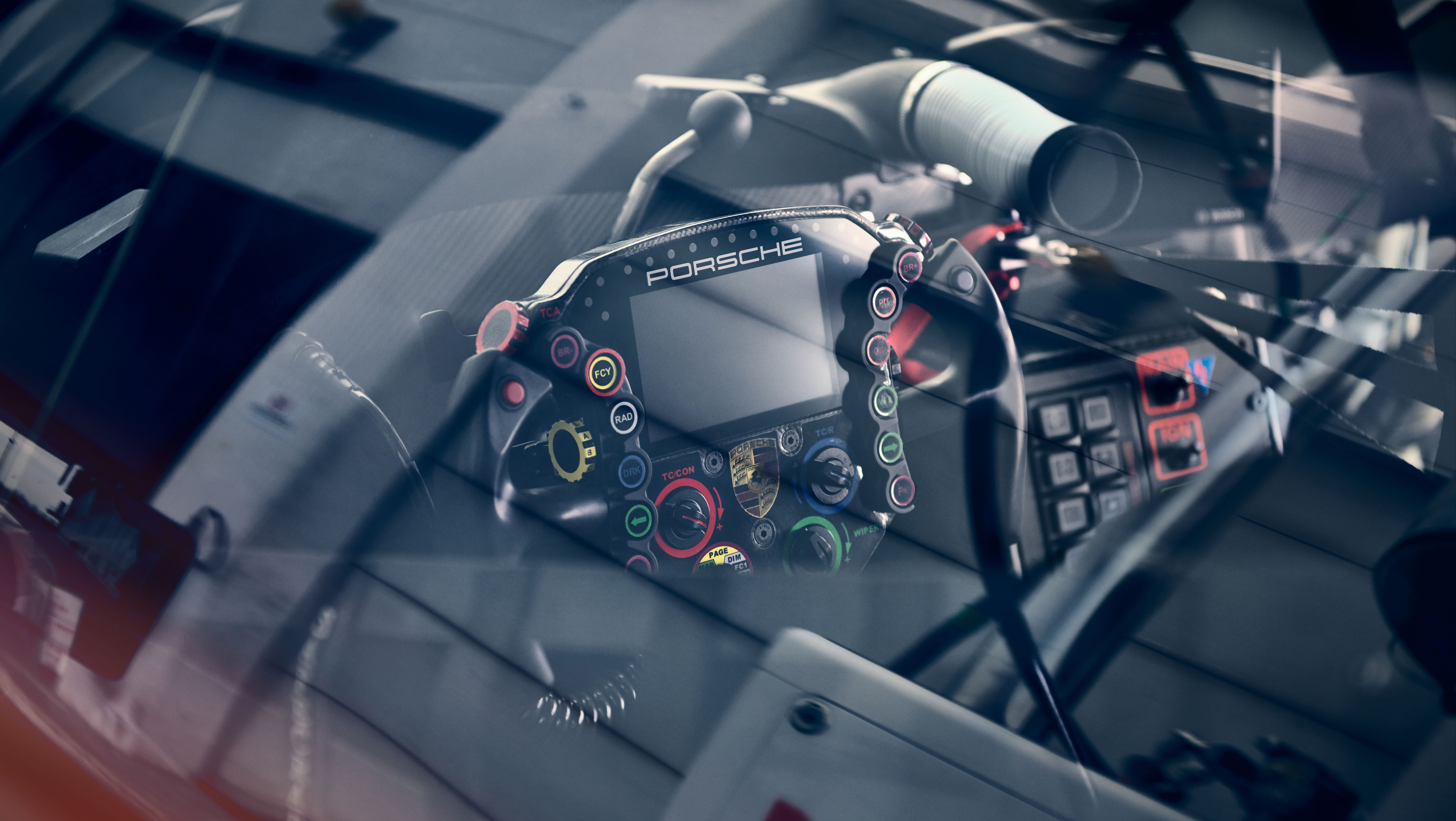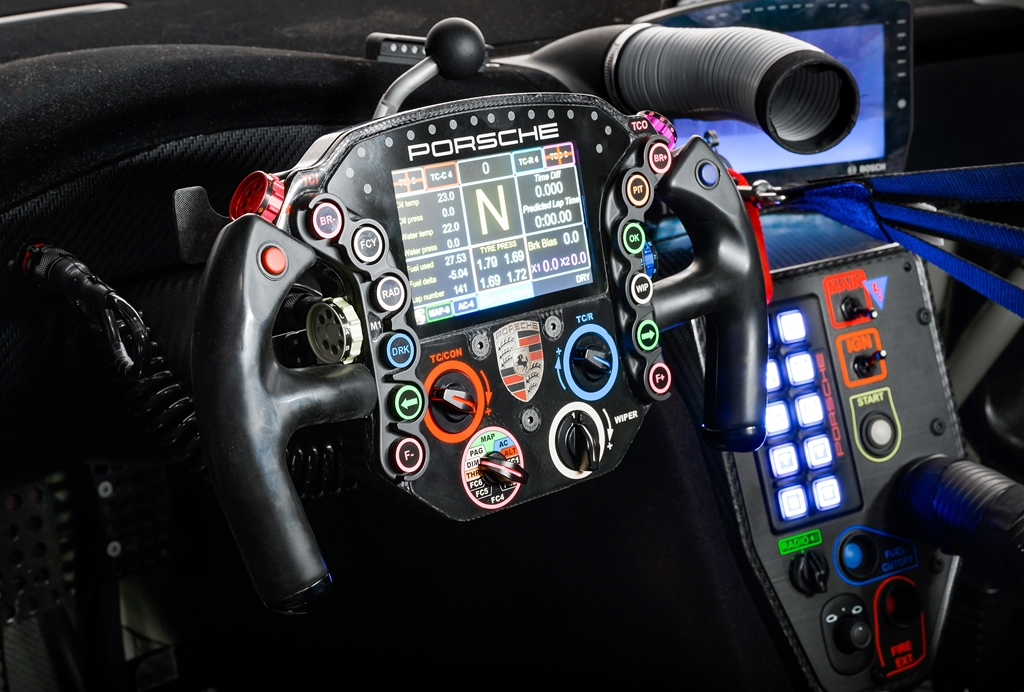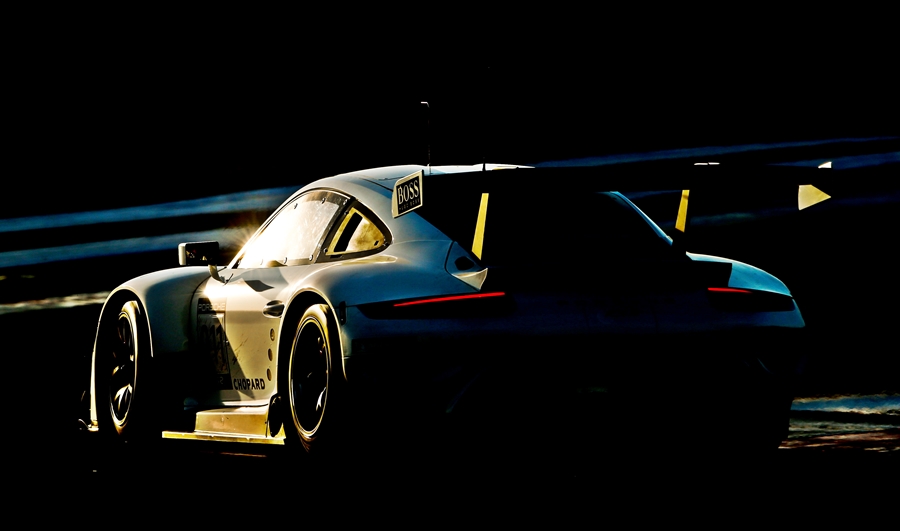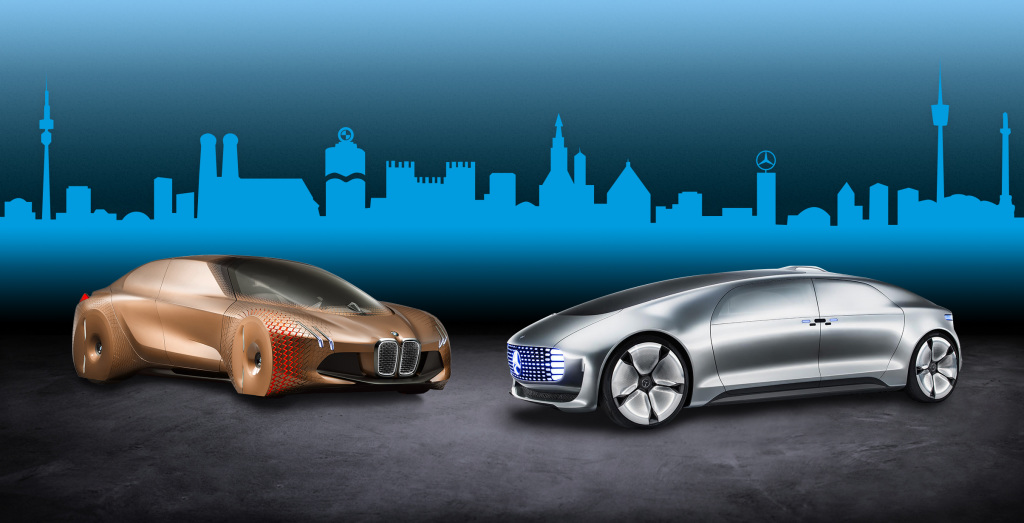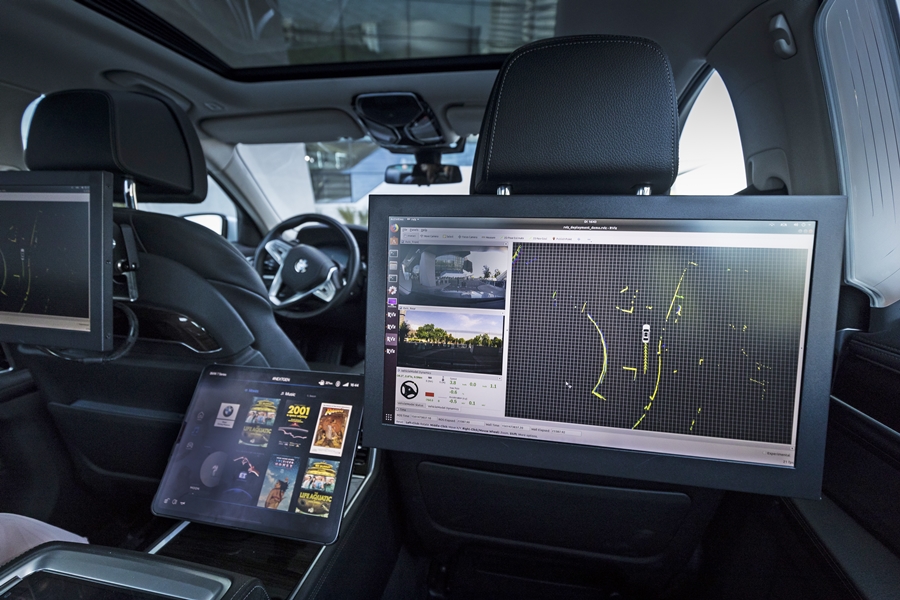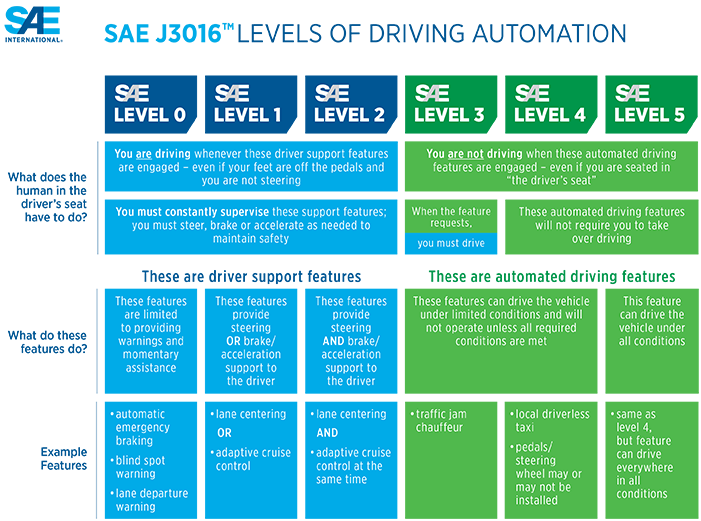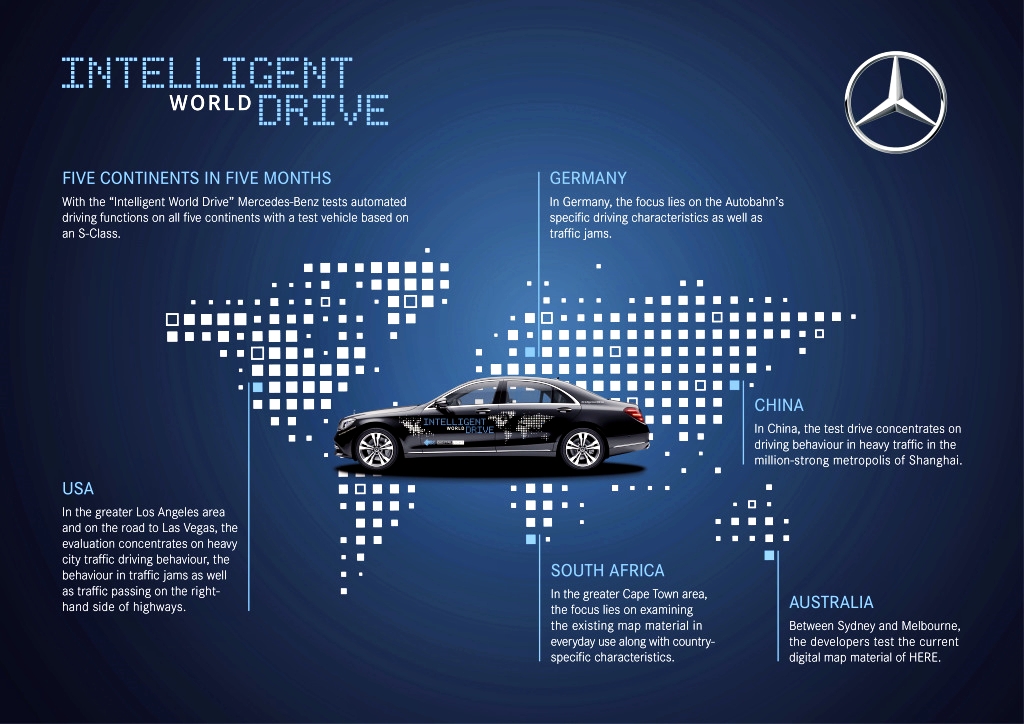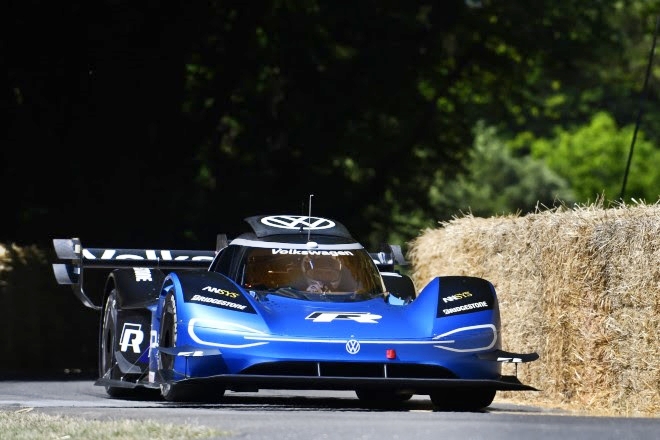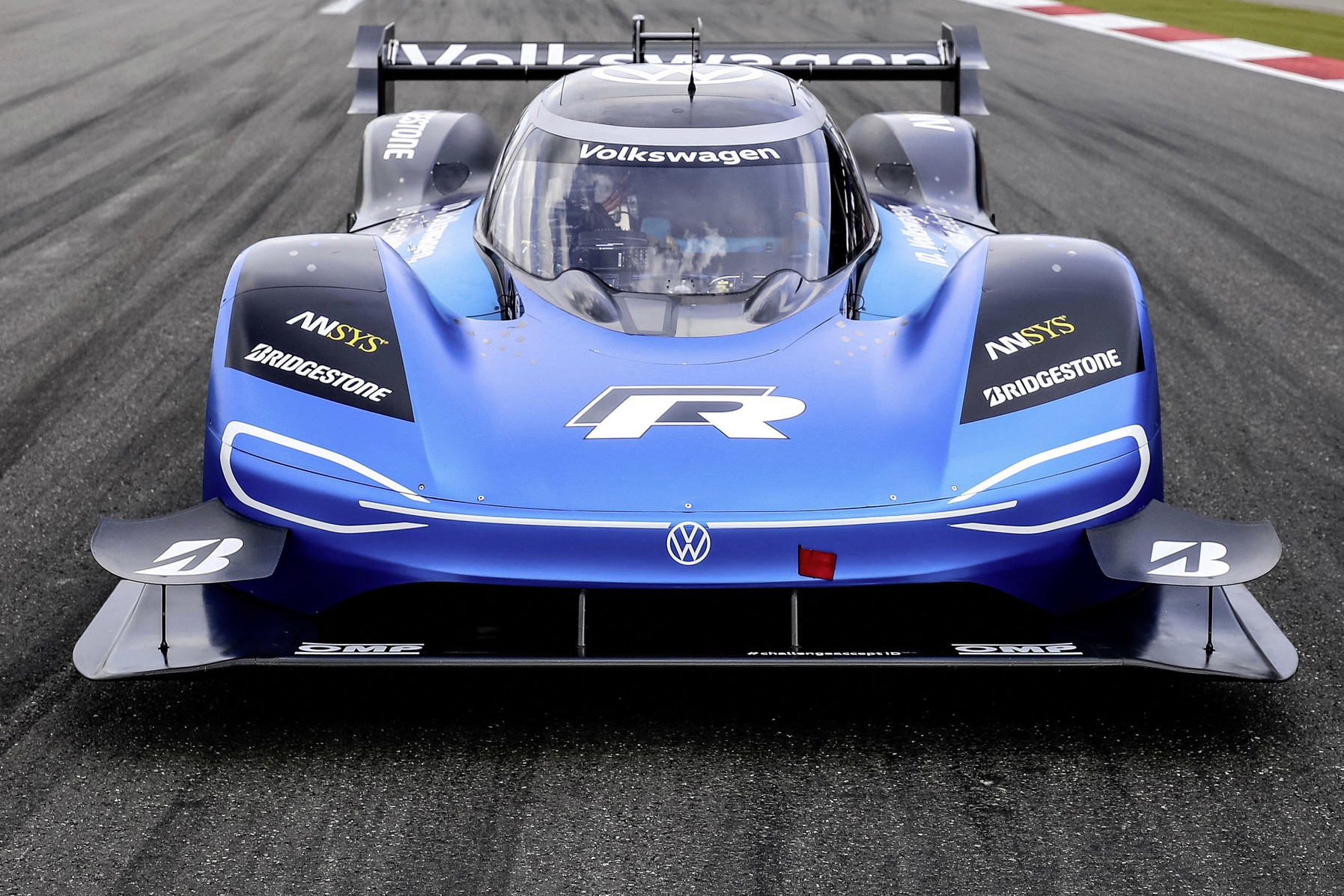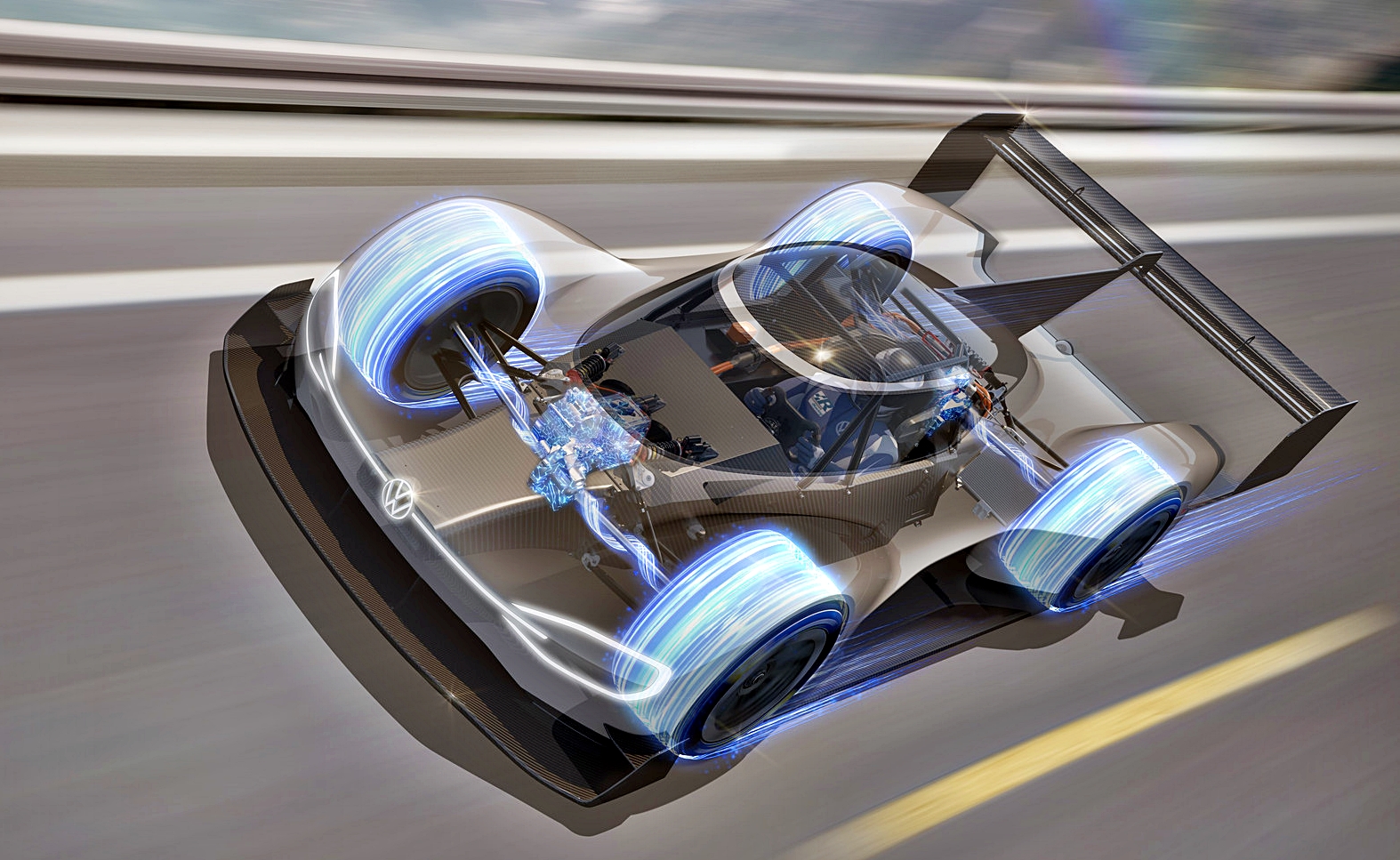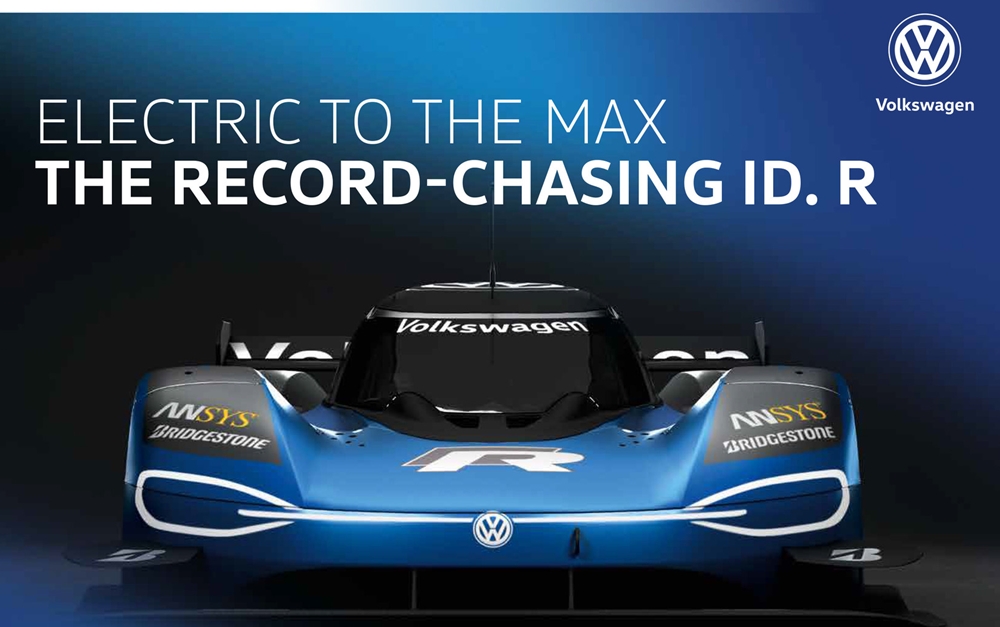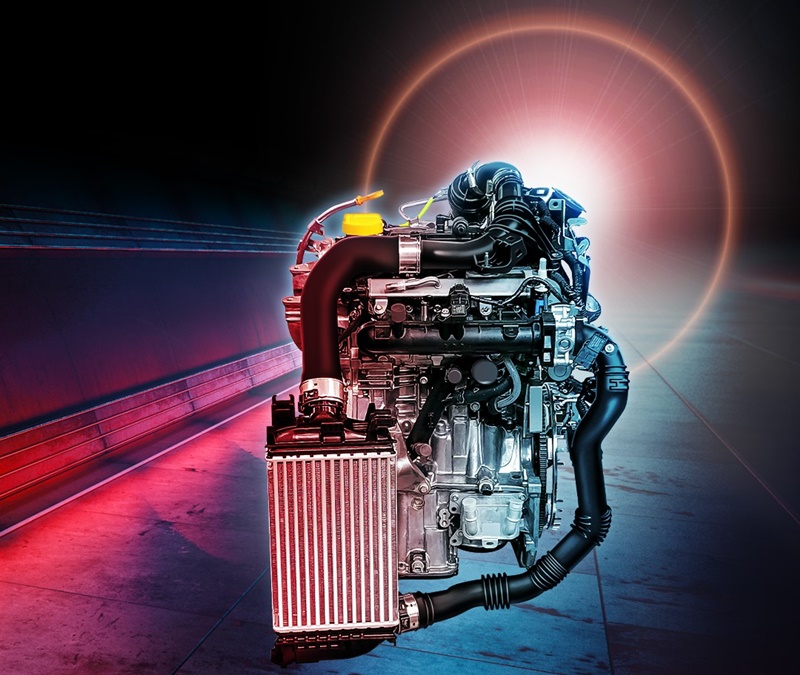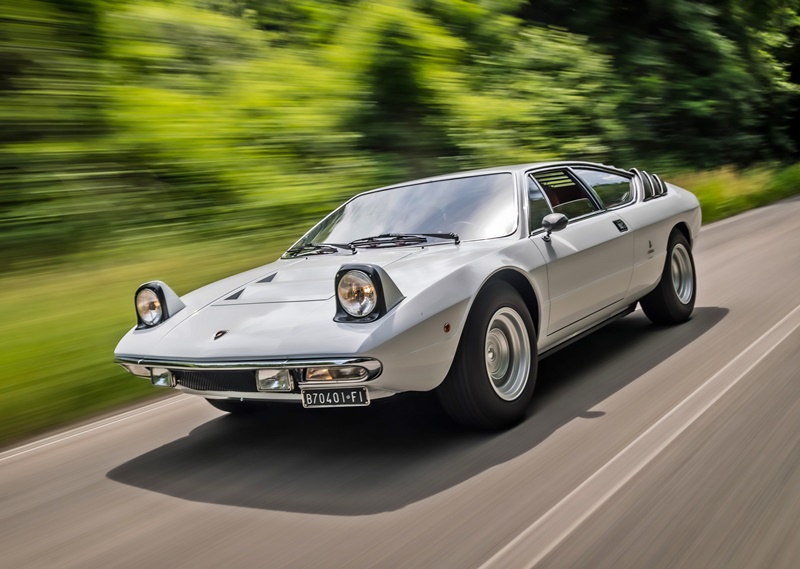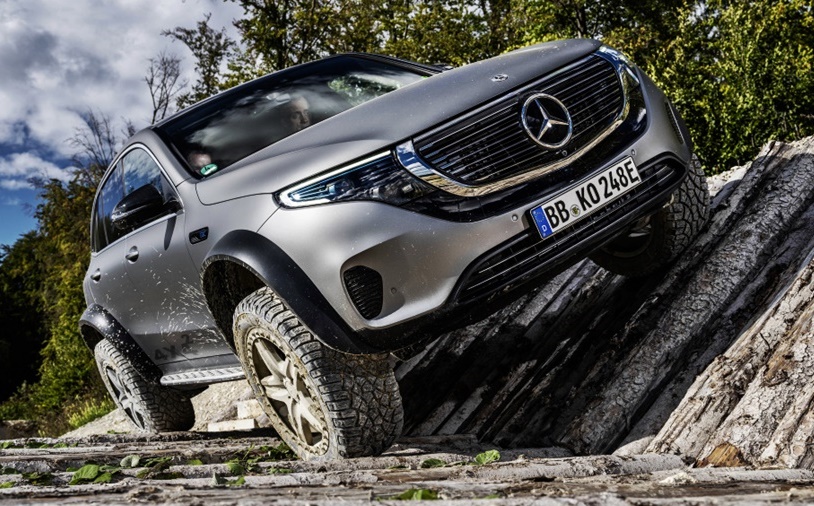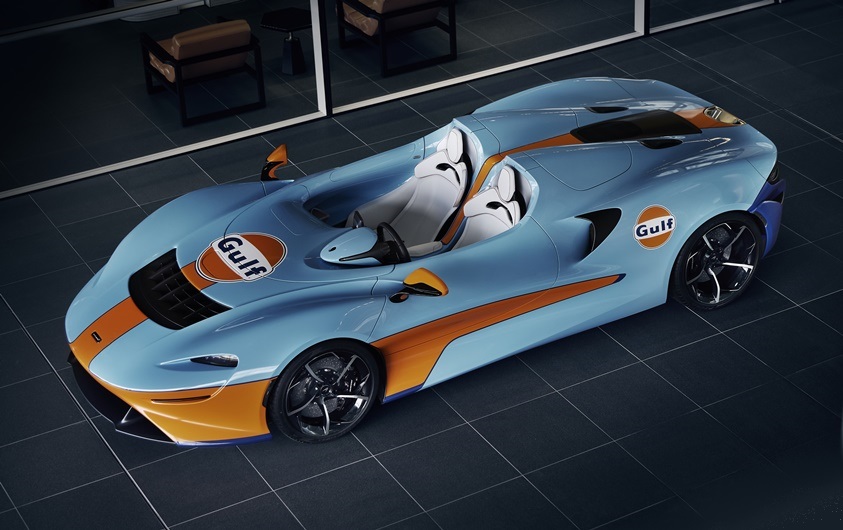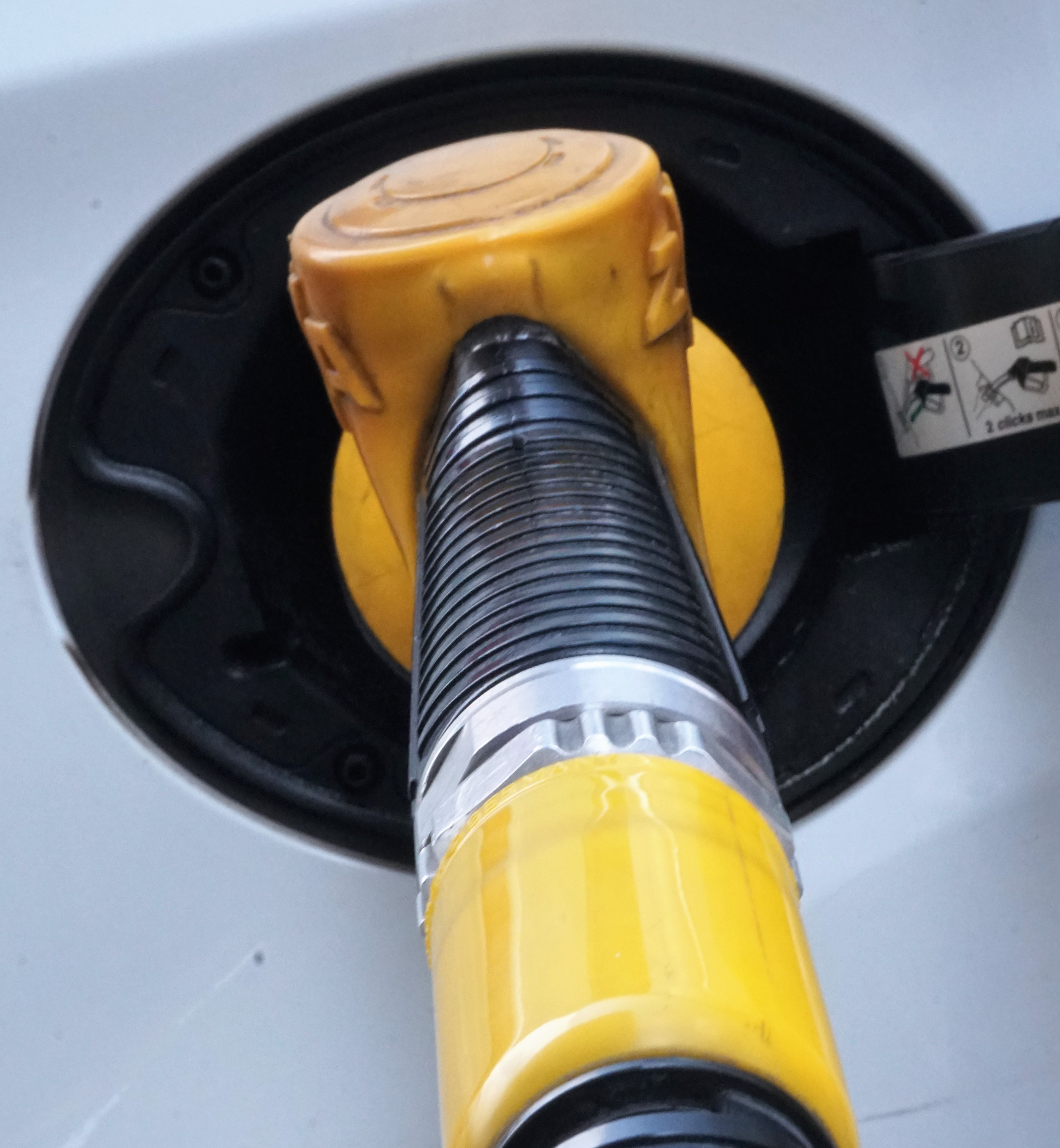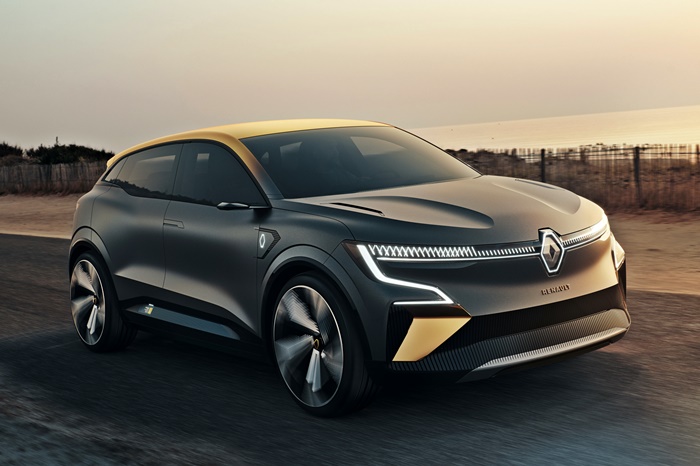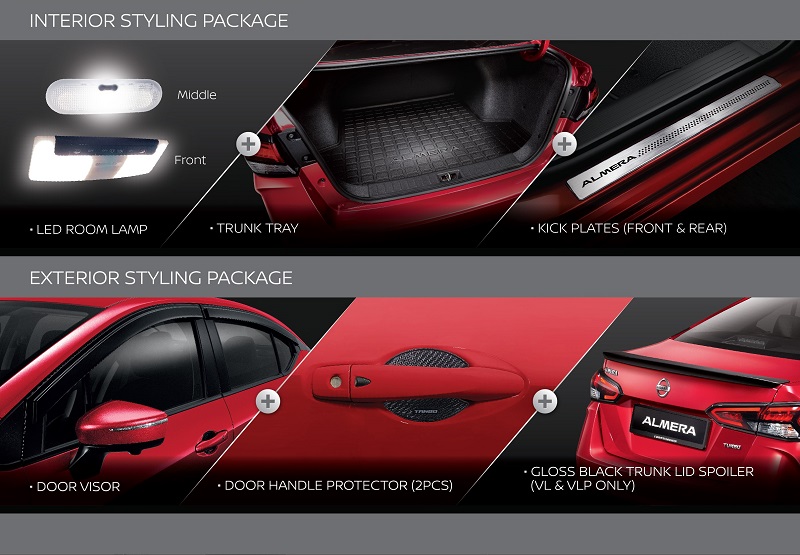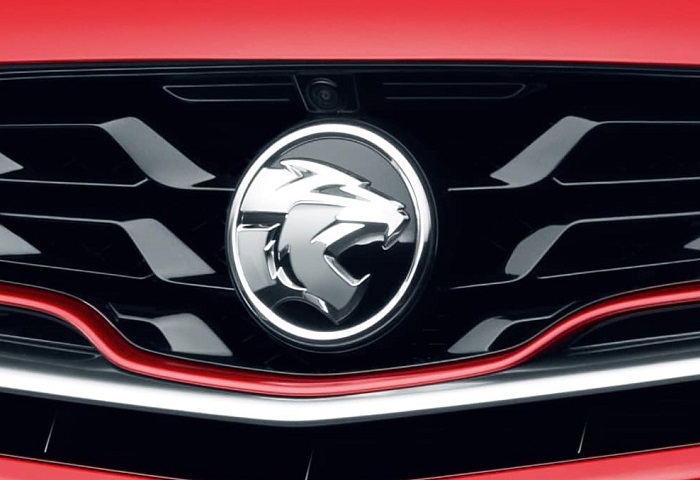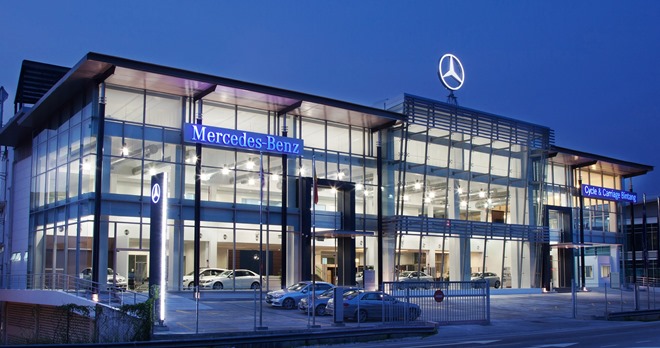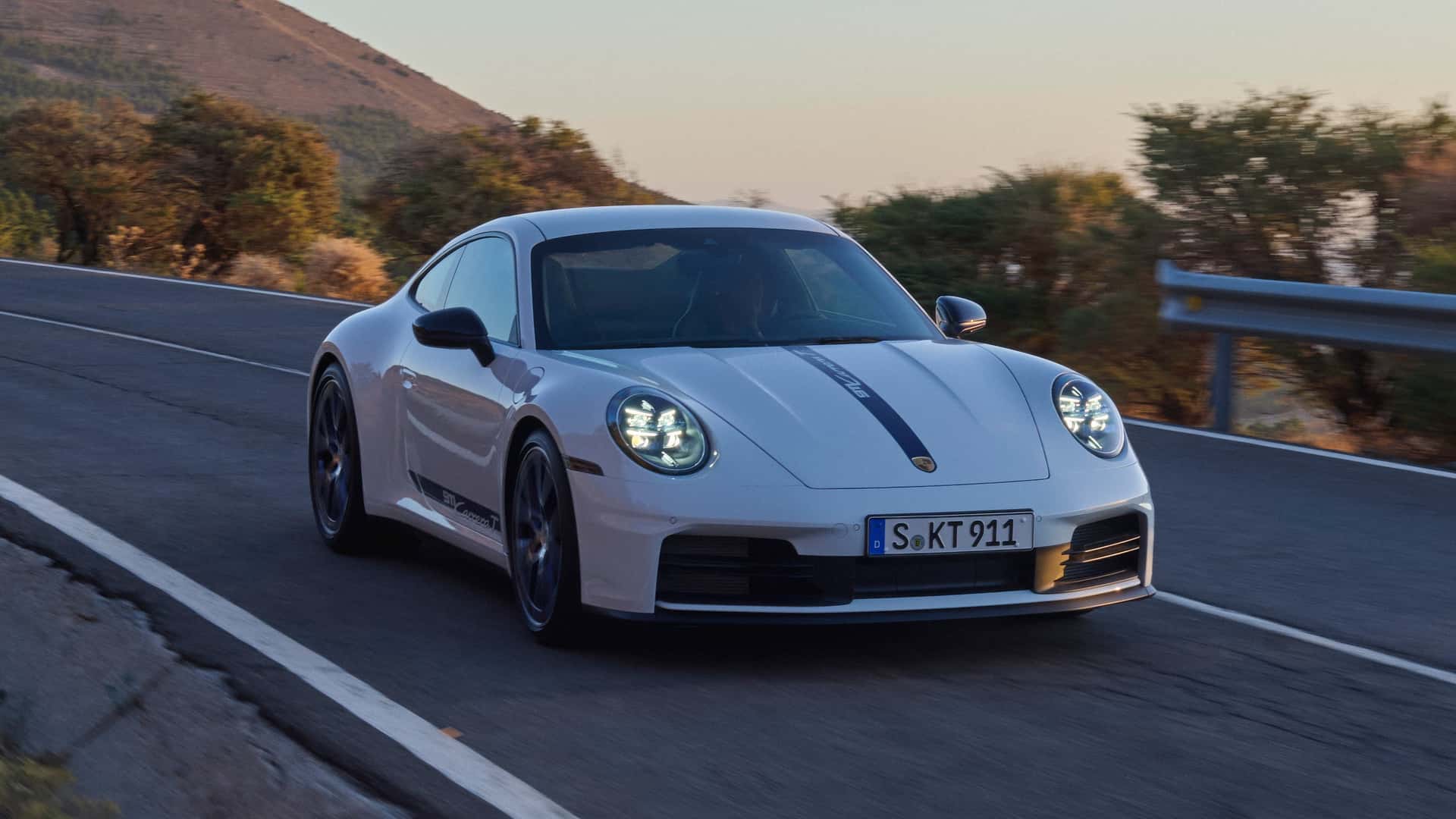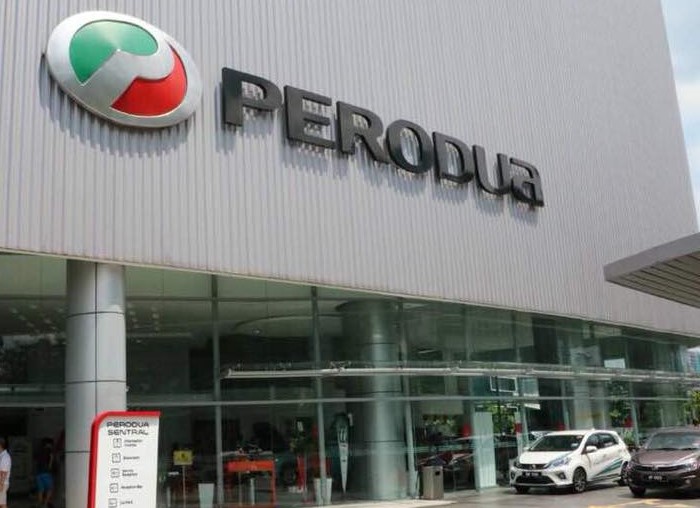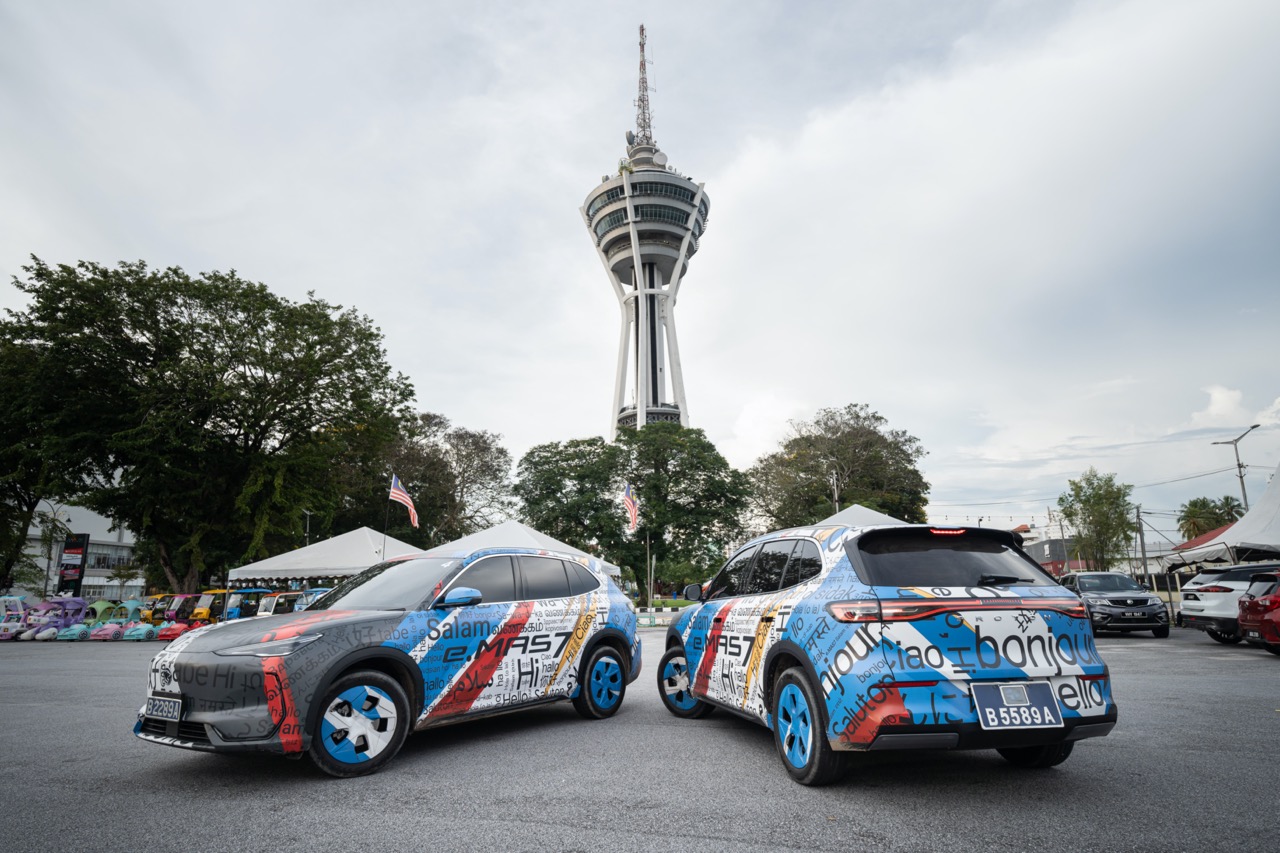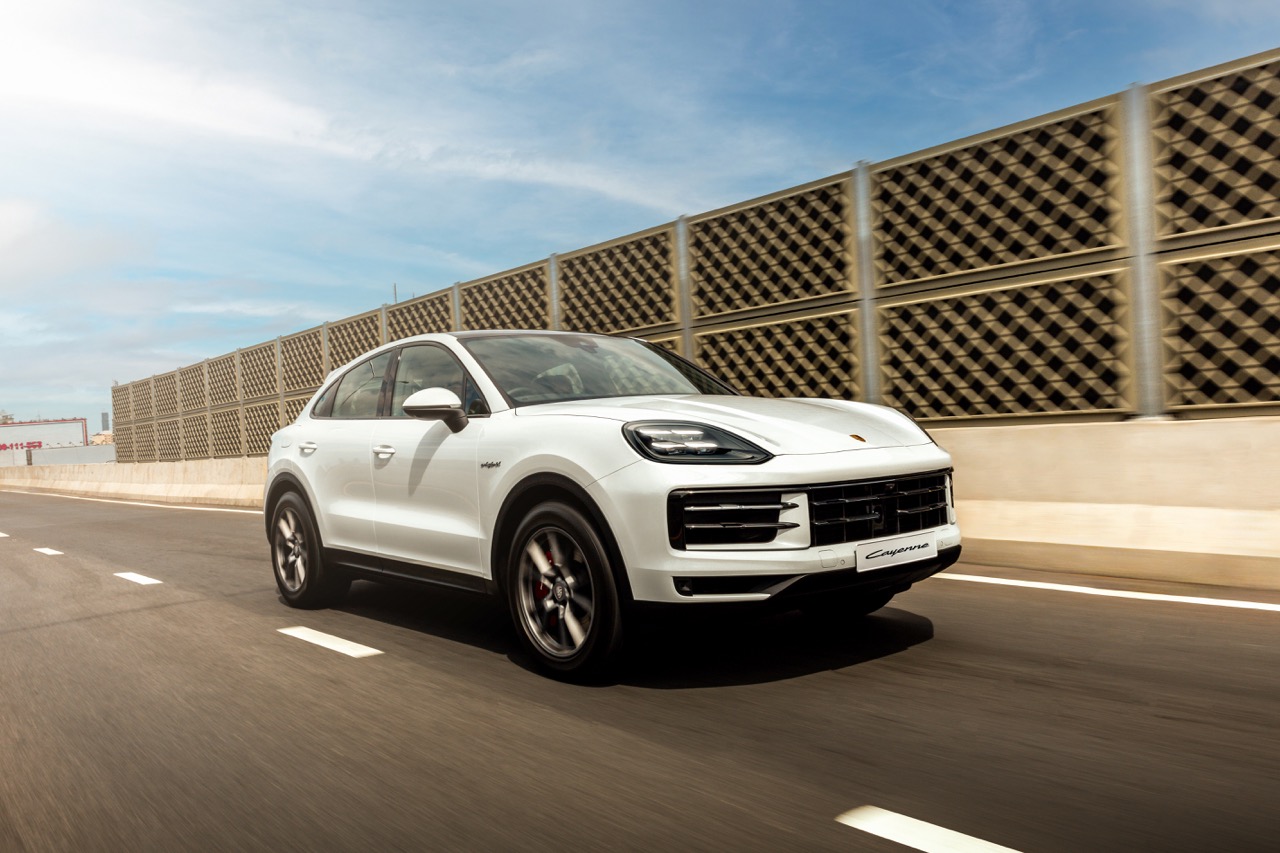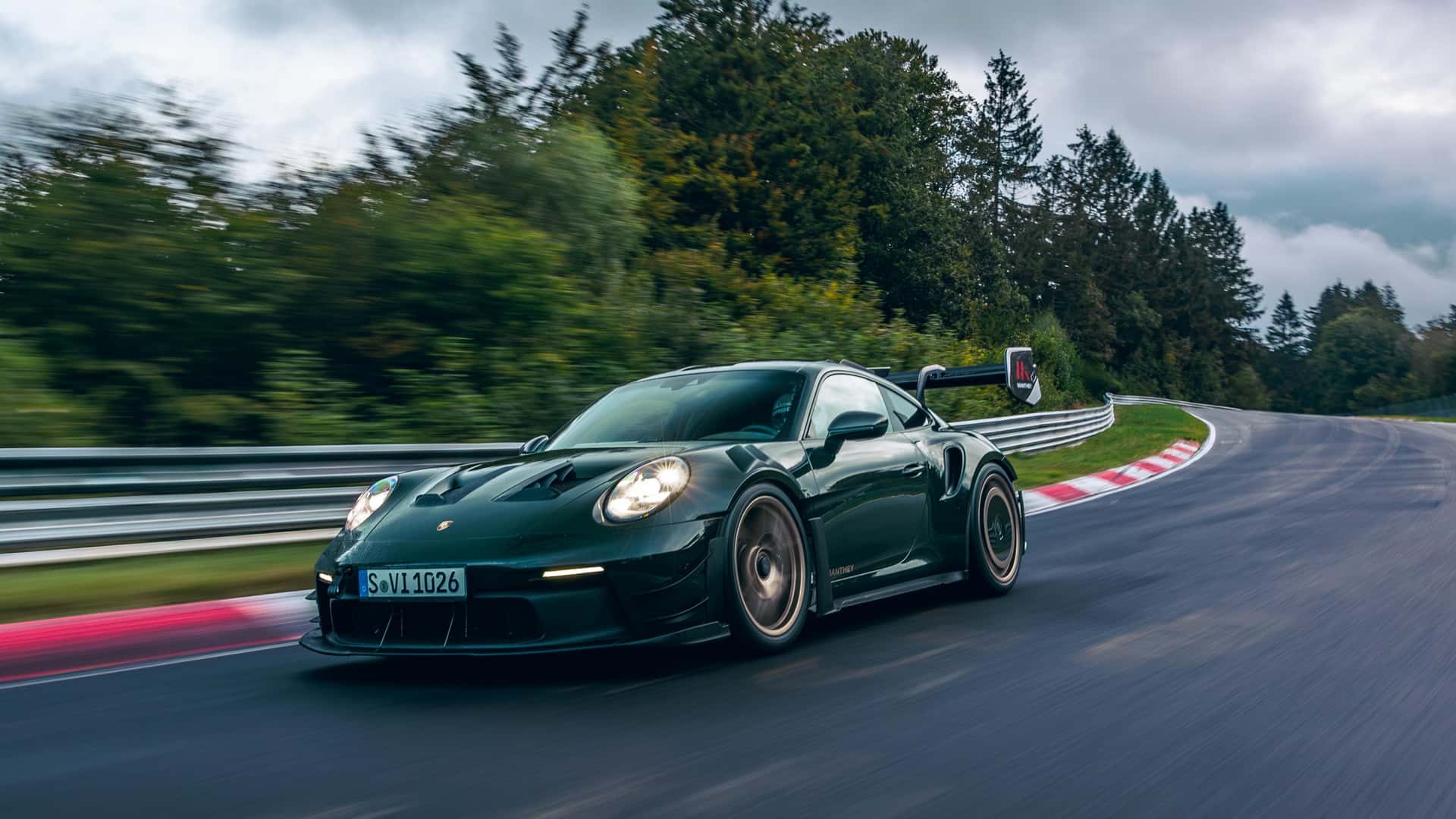It’s been 60 years since the original Mini appeared on the roads and MINI Malaysia is celebrating the anniversary by giving customers a 60-month warranty (unlimited mileage) as well as 60 months of MINI Service + Repair Inclusive (MSR) Programme. The offer is for any new model or variant purchased and registered by August 31, 2019.
The 60 Months MINI Service + Repair Inclusive Programme is also applicable for fleet purchases, duty-exempted vehicles and the Returning Expert Programme (REP) customers.
“This year, we celebrate 60 years of British innovation, iconic design and thrilling go-kart handling. Since 1959, MINI has continued to push the boundaries whilst keeping the creative use of space, driving fun, style and individualisation at its core. As we celebrate our 60th anniversary, we are thrilled to extend the 60 Months MINI Service + Repair Inclusive Programme to all new MINI owners to deliver the complete Premium Ownership Experience,” said Harald Hoelzl, MD of BMW Group Malaysia.
Condition-based service approach
For those not familiar with the MSR Inclusive Programme, this uses a Condition Based Service (CBS) system, an approach that does not follow scheduled mileage or time intervals. Instead, maintenance is carried out based on the actual condition of the engine as it is used. Depending on how it is driven and other factors, the intervals could be longer or shorter.
The BMW Group was among the first manufacturers to introduce CBS in 2002 with the 7-Series. It was an evolution of BMW’s service indicator system and created a flexible, more economical maintenance schedule. Studies found that some owners enjoyed significant savings in maintenance costs in the longer run by not having to stick to scheduled service and replacement intervals.


